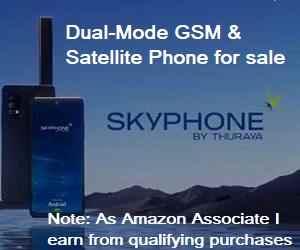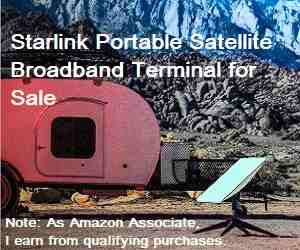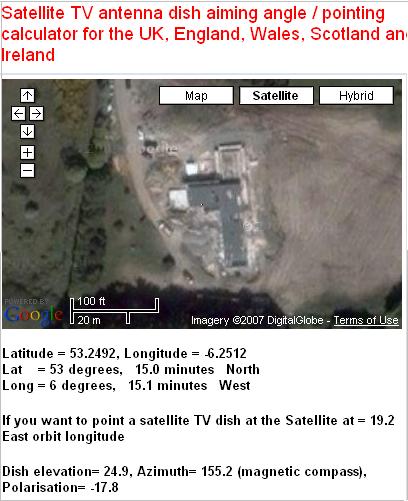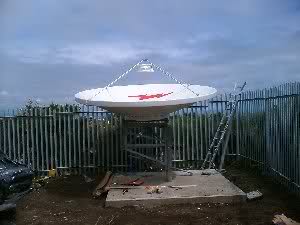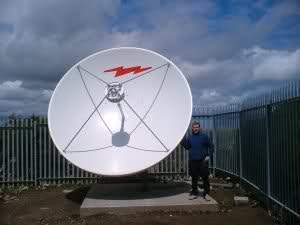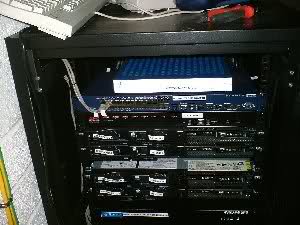Satellite Internet Forum.
Welcome, Guest. Forum rules.To search this site click here > SATSIG search
| Home Login Register |
| Satellite Internet forum › Dish pointing and alignment › Site survey for uplink antenna |
|
Pages: 1
|
Site survey for uplink antenna(Read 6037 times) |
|
union
Member
★★ Offline Posts: 8 |
May 8th, 2007 at 8:18pm
|
| Back to top |
IP Logged
|
|
Eric Johnston
Senior Member
★★★ Offline Posts: 2109 |
Reply #1 - May 8th, 2007 at 9:15pm
|
| Back to top |
IP Logged
|
|
union
Member
★★ Offline Posts: 8 |
Reply #2 - May 10th, 2007 at 7:22pm
|
| Back to top |
IP Logged
|
|
Eric Johnston
Senior Member
★★★ Offline Posts: 2109 |
Reply #3 - May 10th, 2007 at 8:43pm
|
| Back to top |
IP Logged
|
|
union
Member
★★ Offline Posts: 8 |
Reply #4 - May 11th, 2007 at 5:59pm
|
| Back to top |
IP Logged
|
|
Eric Johnston
Senior Member
★★★ Offline Posts: 2109 |
Reply #5 - May 11th, 2007 at 8:24pm
|
| Back to top |
IP Logged
|
|
union
Member
★★ Offline Posts: 8 |
Reply #6 - Aug 17th, 2007 at 7:02pm
|
| Back to top |
« Last Edit: Oct 27th, 2016 at 8:01pm by Admin1 »
IP Logged
|
|
Pages: 1
|
Email me: eric@satsig.net
Powered by YaBB 2.5.2!
YaBB Forum Software © 2000-. All Rights Reserved.
Disclaimer, Terms of Use and Privacy Forum User Agreement Forum rules Cookie policy.
